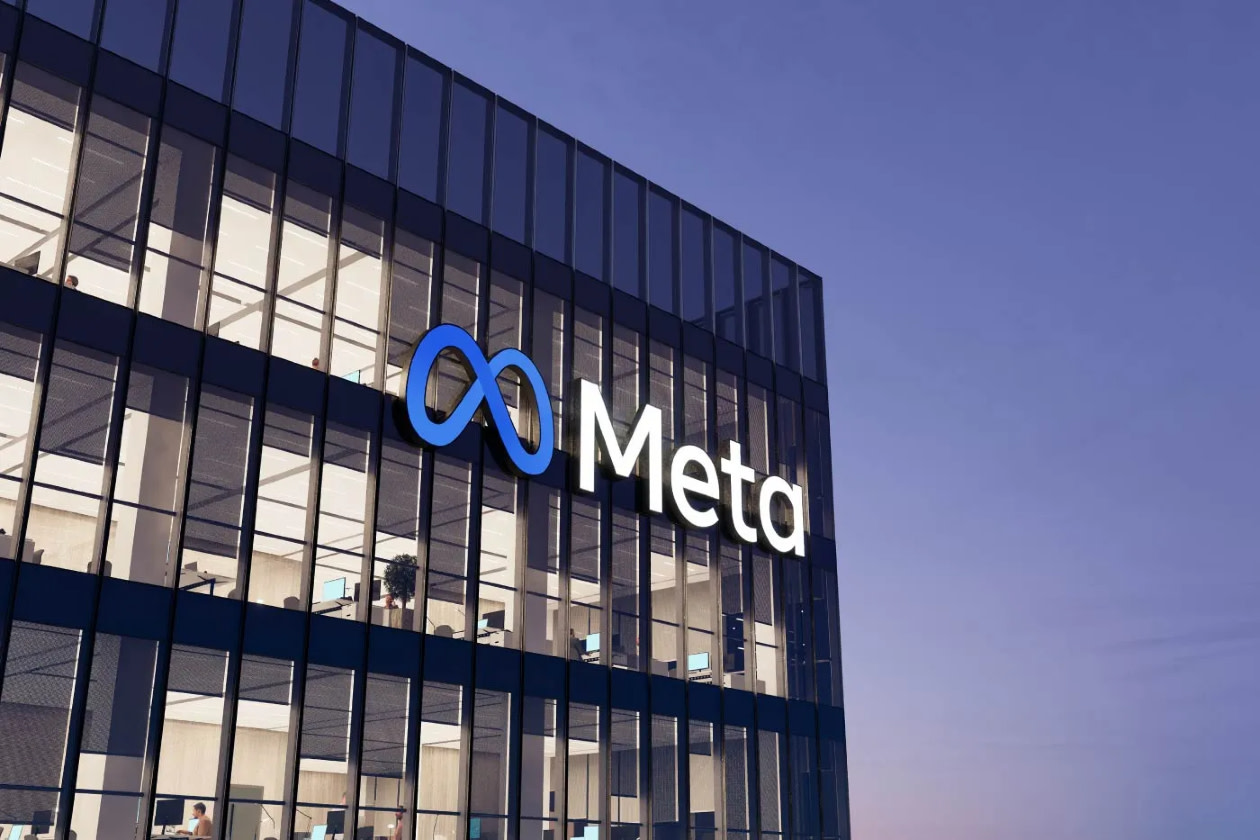Meta reported second quarter revenue up 23%, ignoring currency moves, to $39.1bn. That was slightly better than expected, driven by higher advertising revenue. Operating profit was up 58% to $14.9bn.
The number of people using at least one of Meta’s apps on a daily basis rose 7% to 3.27bn. Average price per ad rose 10%.
Cash and short-term investments totalled $58.1bn, deducting debt and lease liabilities there was net cash of $20.1bn. Free cash flow was flat at $10.9bn, despite a 33% increase in capital expenditure (capex) as AI investment ramps up.
Third-quarter revenue is expected in the range of $38.5-41.0bn, and capex guidance for the full-year has been raised from $35-40bn to $37-40bn.
The shares rose 7.2% in early trading.
Our view
Markets can be a fickle beast. Just last quarter Meta was slammed for ramping up its AI investment after a period of getting lean. Now, a good quarter on the usual metrics and a promise to invest even more in the AI buildout have been welcomed with open arms.
Taking a step back, recent changes at Meta have been profound. Since 2022 quarterly revenue has grown 36% while its headcount has dropped by 15%. This period of getting lean is what’s enabled Meta to go all guns blazing on the AI opportunities laid out before it.
Mark Zuckerberg has been very clear that he’d rather overspend now than risk losing its leadership position. We think this approach is the right one, but it comes with risks. The cash required to build and train AI models is eye-watering, and while the impact of all this investment on the profit line is spread over time, if revenue doesn’t keep pace, margins will eventually come under pressure.
On that point, we are starting to see tangible evidence that the core advertising business is benefiting from AI. Advertising growth comes in two parts, price and volume. Meta’s scale and growing user base helps drive the volume equation.
The price side requires advertisers to feel they’re getting more bang for their buck. That’s where AI comes in, helping to optimise ad-targeting, engagement and efficiency. We’ve heard anecdotal stories of how these tools help advertisers, but seeing price now as a major part of ad-revenue growth suggests they’re delivering genuine improvements for Meta’s customers.
Meta likes to split AI into two buckets. Core AI is building the tools to help engage users and improve ad performance. Then there’s the generative AI, the more speculative side of things, which involves new tools like Meta AI, the large language model embedded into Meta’s apps. These are in a much earlier phase and, along with the ongoing investment into Metaverse products, are where we see the biggest risks.
We see Meta as well placed to drive AI-related growth and continue its dominance in the ad and social networking world. The key risk to manage is the investment cycle. Meta has gotten ahead of itself in the past, and investors won’t want to see that happen again.
Meta key facts
All ratios are sourced from Refinitiv, based on previous day’s closing values. Please remember yields are variable and not a reliable indicator of future income. Keep in mind key figures shouldn’t be looked at on their own – it’s important to understand the big picture.
This article is not advice or a recommendation to buy, sell or hold any investment.No view is given on the present or future value or price of any investment, and investors should form their own view on any proposed investment.This article has not been prepared in accordance with legal requirements designed to promote the independence of investment research and is considered a marketing communication.Non - independent research is not subject to FCA rules prohibiting dealing ahead of research, however HL has put controls in place(including dealing restrictions, physical and information barriers) to manage potential conflicts of interest presented by such dealing.Please see our full non - independent research disclosure for more information.


